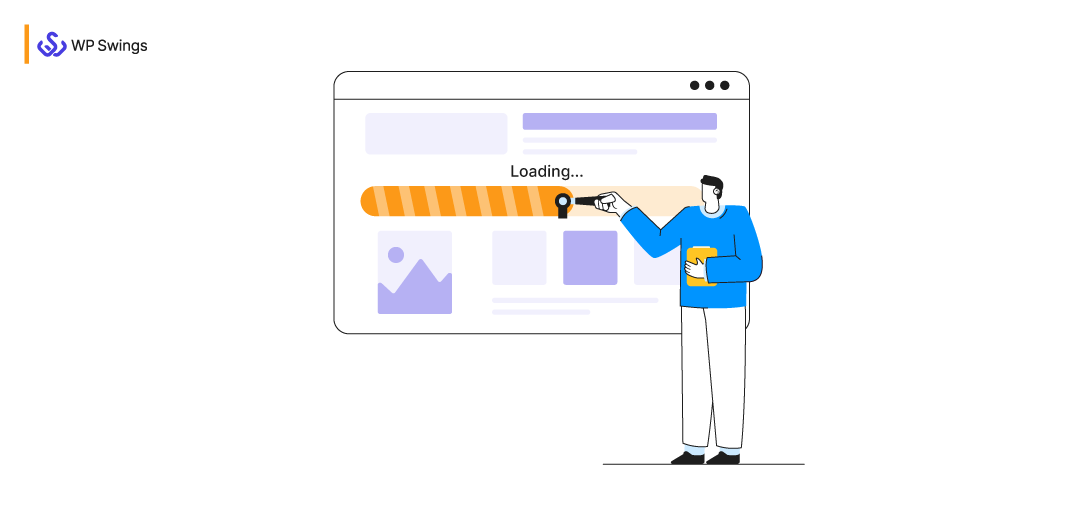
You can not afford to waste even a single second on the internet—speed matters, when it comes to improving website loading speed. If your WordPress site is stagnant and forces the audience to wait, you will have to face the negative impact immediately. You can notice an increase in the bounce rate, poor search rankings, and decreased conversion. This is why Website Speed Optimization is so crucial.
Fortunately, you have too many solutions to tackle this problem. WordPress as a platform offers you several options for optimizing your site and making it faster and more responsive because faster websites improve user experience, increase website traffic, and help with SEO.
In This Blog, You’ll Learn About…
(Jump to the section that interests you the most!)
What Is Website Speed Optimization?
Website Speed Optimization is the process of making changes to your webpage to improve the site loading speed It is the set of strategies and best practices implemented to make a website as fast as possible. The changes can be in different elements of the website – the images, codes, HTML, CSS, & JavaScript files, and caching. The faster your website loads, the better experience the visitors will have, which directly improves engagement and conversion rates.
Slow-loading websites can drive visitors away and negatively impact your business. This can be problematic for merchants as well, because if customers are not engaging with eCommerce stores that can affect revenue.
Why Is Page Speed Important?
When the audience lands on your site for the first time, you only have a few seconds to capture their attention and make them brood over your website. If your site is not loading properly, the dashboard might become difficult to handle affecting your work and efficiency.
Besides that, the visitors will leave your website giving negative feedback and never come back, and they will never recommend anyone to visit your site. This will lead to a big loss for your site.
Not only that, but Google also includes site speed in the ranking algorithm now which means the speed of the site plays an important role in search ranking.
Search engines rank websites that have great loading speed. So if you want to incorporate website speed optimization, improving your position in the SERPs should be your priority.
Studies have shown a site that takes more than 3-sec to load, results in almost 47 percent of the audience bouncing off. Thus, to keep your visitors on your site, speed is very important.
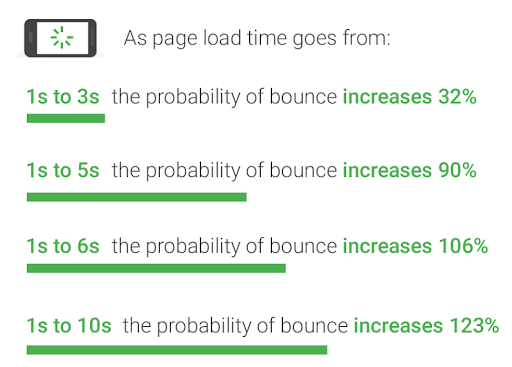
Source: Think with Google
Hence, if you are running an eCommerce site on WordPress then you better get ready to make major improvements to make your business more profitable and efficient. To sum it all up, if you want more traffic on your website, subscribers, and revenue, then you must work on making your WordPress website FASTER!
How To Check Your Website Speed?
Often everyone thinks that their website speed is okay just because it does not seem slow on their computer.
Since you are visiting your website, browsers like Chrome store your website in the memory, and as you search, it automatically fetches the site as soon as you start typing the address. This makes your website load instantly on your computer.
However, a normal user who is visiting your website may face different things. The audience which is of different geographical locations will have a completely different experience.
That is why we recommend you check your website speed. After doing your website speed test you will come to know what good website speed you should aim for. A good website load time is under 3 sec.
The faster the time of loading a page the faster revenue you will get. So, it is very important to check the website speed.
Note: You can also visit Bitcatcha to analyze your website speed optimization.
10 Ways For Website Speed Optimization
Till now you came to know why speed is important and how to check the speed of the site. Now I’m going to share what more you can do to increase your website speed.
1. Choose the Best Hosting Plan
Hosting is where your website exists. Your house furniture is like a website and your house is like a host. If your house is not built on a good foundation then your furniture could fall right through the floor.
Picking the right hosting plan is one of the first and most important steps for making your website performance better.
It might seem a good idea to select a hosting provider that has unlimited bandwidth, unlimited space, emails, domains, and more. What we fail to understand regarding this offer is that shared hosting fails to deliver good loading times for a high audience.
When audiences access your site, your hosting provider will determine how quickly the information is passed to them. Some are simply slow. So we can say that it is up to your server what speed they are giving to your audience. The reason behind this is a poor selection of hosting providers can nullify your efforts.

Source: WebsiteSetUp
2. Use WordPress Caching plugins
Caching plugins highly improve the user experience and make your website work faster.
Thus, one of the most important features to speed up your website is using a cache plugin.
Caching is important for your website because it allows you to skip most of the steps and instead of going through the whole process every time, it makes a copy of the page just after the first load and then keeps that cached version for future visits.
Let’s take a look at various cache plugins that you can use to boost your WordPress website:
Let’s take a look at various cache plugins that you can use to boost your WordPress website:
We can also use monitoring plugins for WordPress which can be super helpful.
WP Umbrella is a comprehensive monitoring plugin for WordPress. It constantly checks website uptime and performance and alerts you if something goes wrong (downtime or traffic spike). The plugin provides you with essential information about load times from all over the world such as time TTFB, TCP, TLS, and DNS.
The thing that I like about WP Umbrella is that they also monitor WordPress PHP errors which can prevent poor performance and security. It’s a plugin that you have to install if performance matters to you!
3. Choose A Content Delivery Network (CDN)
A CDN is also an important factor for speeding up your WordPress site. The main feature of CDN is that it offers you the best loading time for your website no matter what kind of site you run.
The main purpose of CDN is to provide high availability and performance by distributing the service across different geographical locations ( i.e. servers) which work together to provide fast delivery of internet content.
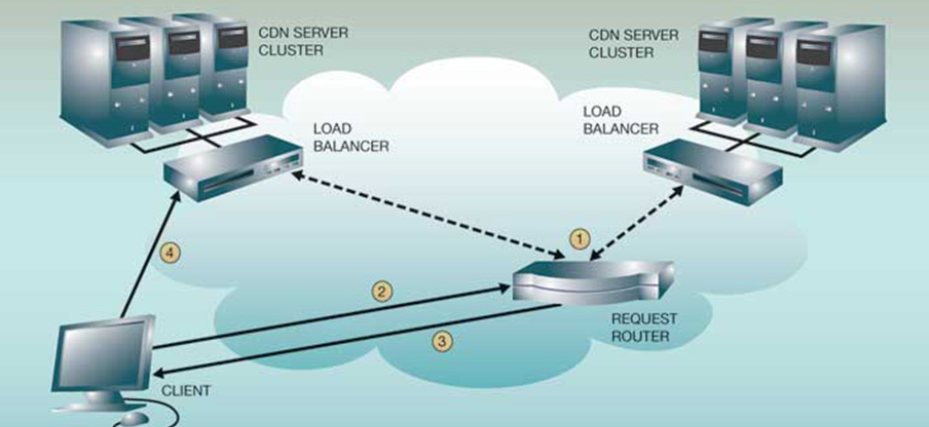
Source: ZNETLIVE
CDN allows you quick transfer of HTML pages, JavaScript files, images, videos, etc. The popularity of CDN is now increasing day by day.
Various other features of a CDN are:
- Improves speed.
- Makes the server uptime better.
- Helps in SEO optimization.
- Improves user experience.
- Saves you money.
Let us take an example: Suppose the user visits your website and his request is redirected to the main server. It means every user who is visiting your site redirects to the main server. Hence, if multiple users try to visit the site at the same time, it results in server overloading and makes your website speed slow. So, this problem can be solved by CDN.
4. Always Keep Your Plugins and Theme Updated
These days the majority of people are very conscious of updated software and devices. We understand that it’s easy to become numb to those messages, especially when the results of the required updates are so often invisible to the typical user.
However, when it involves WordPress, you ought to always update every aspect of your site as soon as possible.
It’s essential not to ignore updates once they become available, whether they’re core updates for your WordPress installation or new versions of your WordPress theme or plugins. The foremost important reason for this is security as new updates will make sure that your site is safe against the newest threats.
5. Delete Unused Theme and Plugins
As you came to know, choosing the best theme and plugins and keeping them updated is the best method to gear up your WordPress site.
Another thing that can be taken care of for website speed optimization is to delete unused themes and plugins that are not in use. This is the site maintenance task that you should perform regularly. Because themes and plugins that are not active on your site will take up some space on your server. Keeping unnecessary content around can confuse administrators and audiences.
There are two principles you should take into account:
- Do not activate the plugins which are of no use.
- You should be very careful while installing plugins because some plugins can badly trouble you.
Also, you need not download the plugins to check the broken links of WordPress websites. You can easily check this online using the W3C Link Checker.
6. Reduce Server Response Time
Slow server response affects performance. Hence, you need to understand how fast your website is loading because it has a direct impact on the traffic of your site. The faster the loading time the more the audience will engage on your site. As we all know, page loading time and server response time are important factors that will help your site to rank on the primary page.
To improve website speed optimization, it is very important to reduce the server response time because if you do not reduce response time, your site may take more time to load which results in an increased bounce rate i.e. (the audience will simply leave your site before your site even finishes loading).
Google PageSpeed Insights recommends TTFB( Time to First Byte) should be less than 200ms as a good server response time. TTFB which stands for (Time to First Byte), is a measurement of how much time the browser is taking before receiving its first byte of data from the server. The longer time it takes to fetch that data, the longer time it takes to display this on your page. You can use various tools to check this. I have taken the result of the WP Swings website in TTFB testing tools.
7. Image Optimization
Your images can have a great impact on your WordPress site speed. The image brings a spark to your content and makes it more engaging for the viewers. From my own experience, I can say that the content that has colorful images is more engaging than lengthy paragraphs.
However, if your images are not optimized, they can harm you instead of benefiting you with website speed optimization. Even we can say that the non-optimized images are the main reason behind the slow speed that beginners face.
A website with non-optimized images is going to trouble your precious bandwidth, it also slows down everything and ruins the user experience.
We also have some other best practices recommended by Google that will help you in optimizing images:
- Use image CDNs
- You can replace animation GIFs with videos
- Do not use lazy loading images
- Use WebP images
8. Split Long Posts Into Pages
This is another crucial way for website speed optimization. Often when the content of any of your web pages is long, it directly increases the loading speed of that particular page.
Another benefit of pagination is that it also helps with readability, and it breaks the monotony of the content. Most themes can paginate content from the backend, but if you can’t find it, just open the single.php file in your editor and add <?php wp_link_pages(); ?> in the WP loop.
9. Use Lazy Loading if Needed
To enhance the process of website speed optimization, this HTML attribute is used where after implementing lazy loading over your webpage, only those images or media will be shown to the users that they can currently see. And, it delays the loading of the media that the user is yet to see.
Firstly, for this HTML attribute to work, you must include the “src” attribute to the lazily loaded web page resources (all media including images, videos, GIFs, etc). After this, it analyzes the visitors’ scroll position on a page using JavaScript.
As the user reaches the reference object, the lazy load replaces the reference src attribute with the actual src and loads the content.
10. Minifying CSS and JavaScript
These rules come forward when PageSpeed Insights detects that the size of one of your resources can be reduced by minifying the JS and CSS code. You can make your website smaller and faster by minifying these codes. This removes redundant and unnecessary data like white space, stripes comments, combines files and optimizes the various program patterns.
You can use many resources for minification.
- For the minification of CSS, you can try CSSNano and CSSO.
- For the minification of JavaScript, you can try UglifyJS.
Free Tools to Check WordPress Website Speed
1. Google Pagespeed Insights
Page Speed Insights is a tool by which we can analyze website performance and the content of web pages on both mobile and desktop devices and provide suggestions to improve our site.
It gives you both debugging performance issues (A lab test) and real-world user experience (Field data) which help you to solve problems and make your site faster.
2. Pingdom tools
We know that nobody likes a slow-speed website. To help you with analyzing your website speed, you can use this tool called Pingdom.
This process allows you to test your website’s loading speed. Plus, it rates your website based on several metrics. For example, it shows what number of requests were required and what number of redirects were performed.
It is cost-effective performance monitoring for your website. Using this, you can monitor your website’s uptime, performance, speed, and reliability for a better user experience.
Since the results will be different each time, you will have to do this several times to get an average figure. This will give you a more comprehensive overview of how well your site performs and provide graphs of what areas of your site need to be improved.
3. GTMetrix
Pingdom tools are an excellent way to check the performance but you can also try GTMetrix. This is another free speed-checking tool that can be very helpful for your website. It works much like Pingdom, but it provides more in-depth information. It offers you better optimization and suggestions based on results.
You can start the test by entering the URL on the page and then clicking on the test on your site. Since it is performed thoroughly, it can take more time to complete. When the test is completed, you will get access to a lot of data. You will see how quickly your site loads, as well as other data, including the overall size. It shows the most basic information for making your site load faster. Depending on your theme, the images you uploaded, the plugins you’re using, and many other settings, it optimizes your site totally and gives you results to make your website work better.
4. Google Analytics
It is a web analytics service offered by Google that tracks and reports all website traffic. This tool is not only for marketing or SEO experts, it is a tool that helps you in gaining serious insights about your website.
Google Analytics gives you complete information about the performance of your website. It accesses all of Google’s unique insights and machine-learning capabilities to improve your data. And also helps you improve your user experience.
It offers you a range of marketing tools that will help people rank their websites and make high revenue. This is designed to help you in tracking the overall performance of your site.
BONUS CONTENT – WordPress Plugins To Improve Website Loading Speed!
You have several plugins that will help improve website loading speed and overall optimization. Here are some free plugins that you can use for better website performance.
- Autoptimize
- WP Fastest Cache
- W3 Total Cache
- Jetpack by WordPress.com
- Smush – Compress, Image Optimizer, Lazy Load, WebP Images
- Hummingbird – Speed Optimize, Cache, Minify & Defer Critical CSS/Javascript
- Speed Booster Pack PageSpeed & Performance Optimization
Wrapping Up!
Speed is an important factor in running a website. It is key which helps you to rank higher on search engines. Even a second is very important when it comes to loading your site. The faster your website will load, the more audiences you will get.
Another big advantage of decreasing the loading speed is that it will tremendously help in improving user experience, no matter what device your visitors are using i.e. (mobile phones, tablets, or PCs).
So, if you want your WordPress site to reach the level of performance perfection, just follow these steps. It will enhance the speed and performance of your website and make it more user-friendly.
SURPRISE – Discounts On Premium WooCommerce Plugins!!!
At last, I just wanted to say, if you liked my article or you have other ideas on how to improve the loading time of your WordPress site, don’t hesitate to share your views in the comment section below.


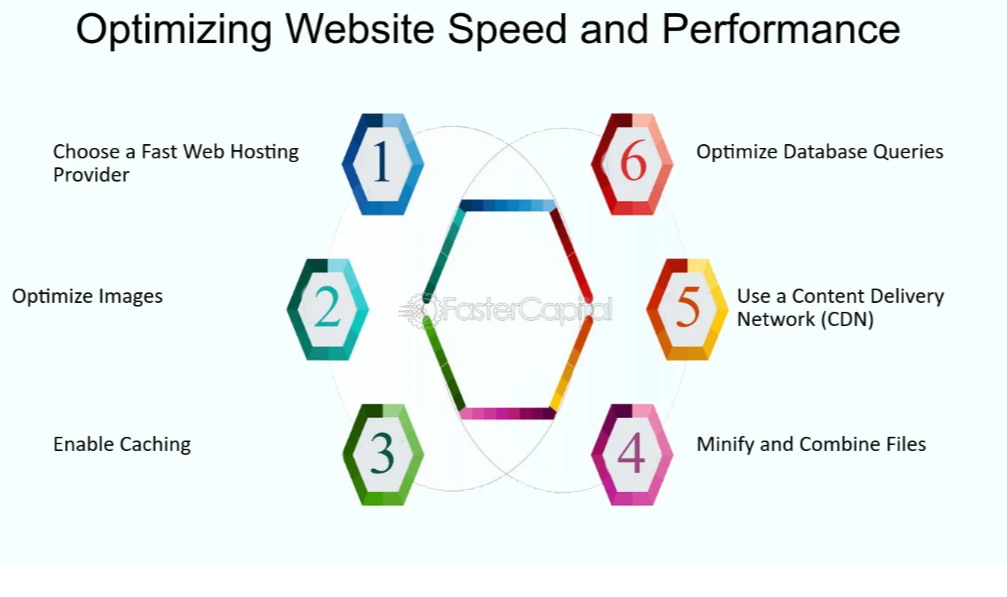
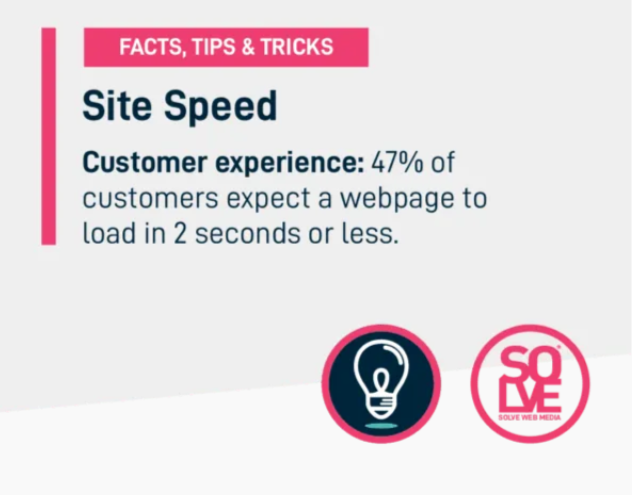
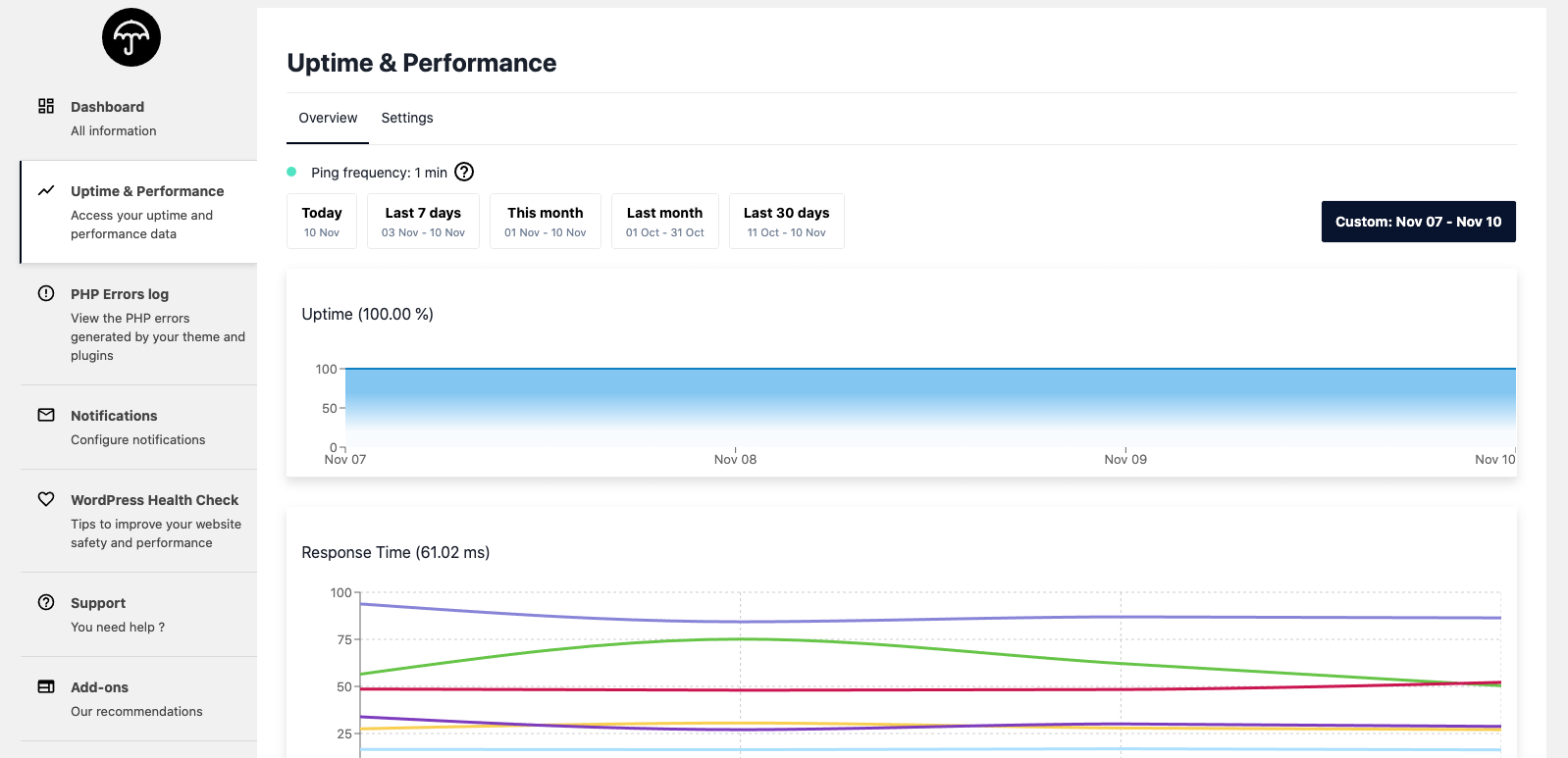
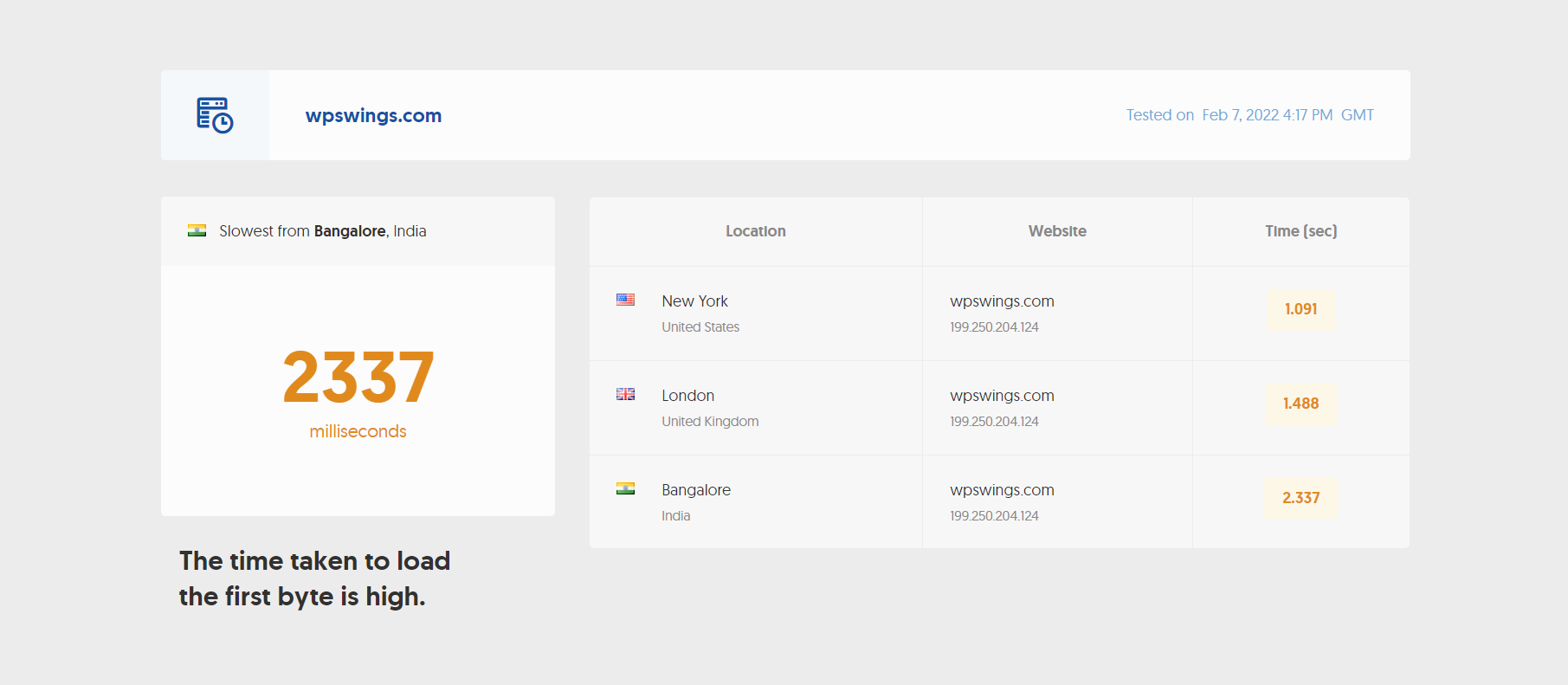
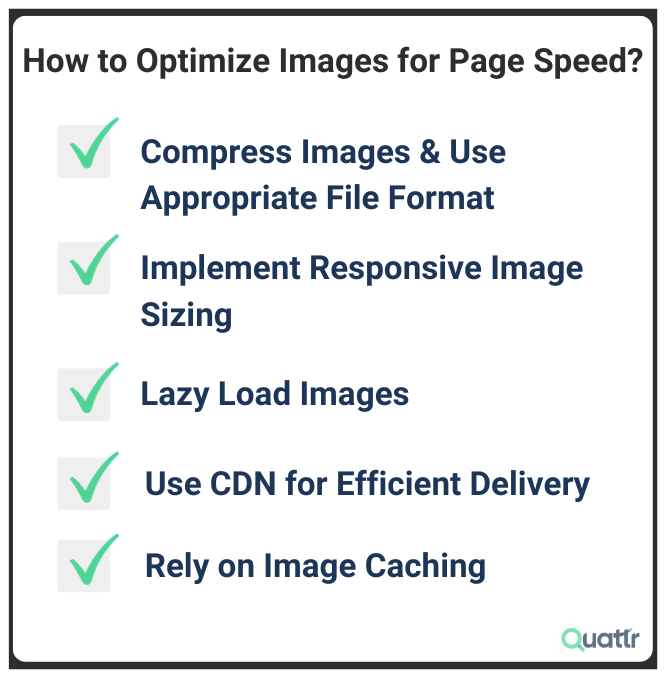
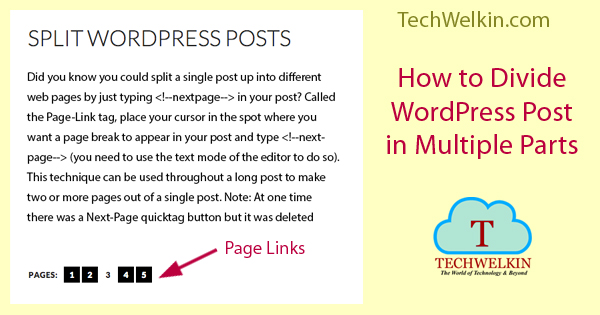
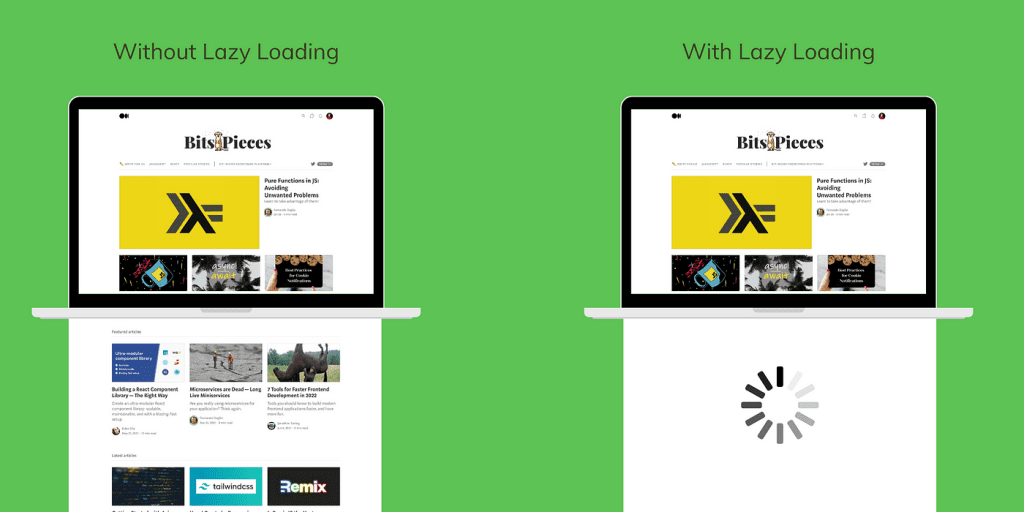
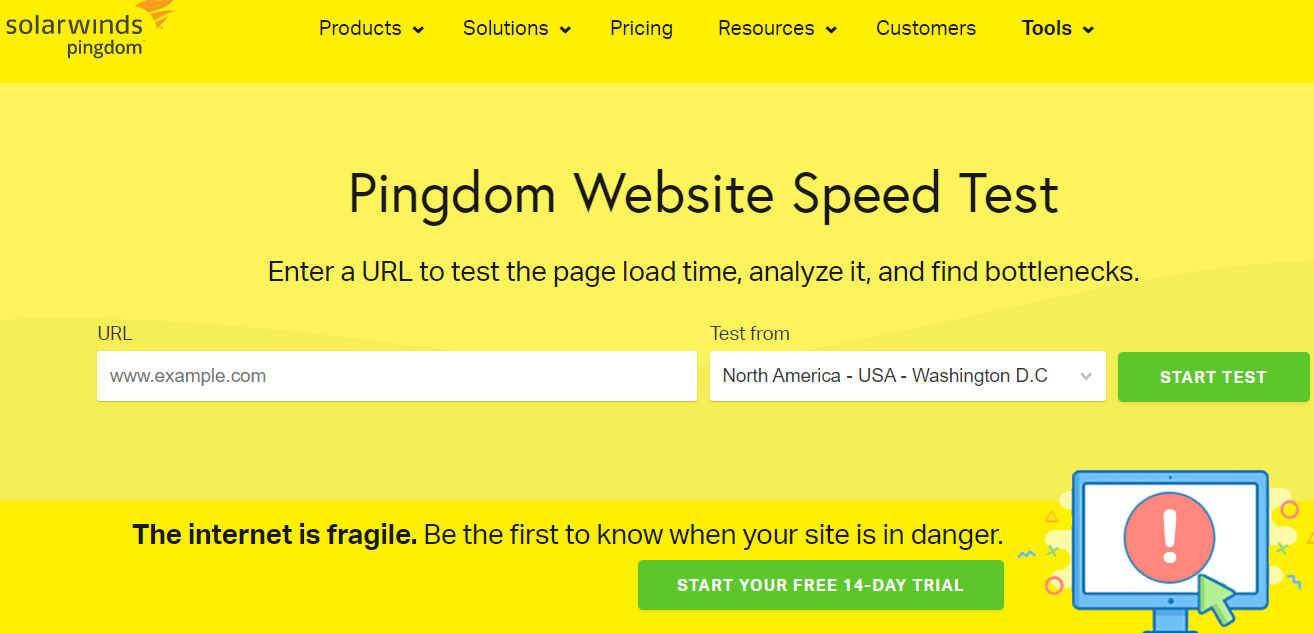




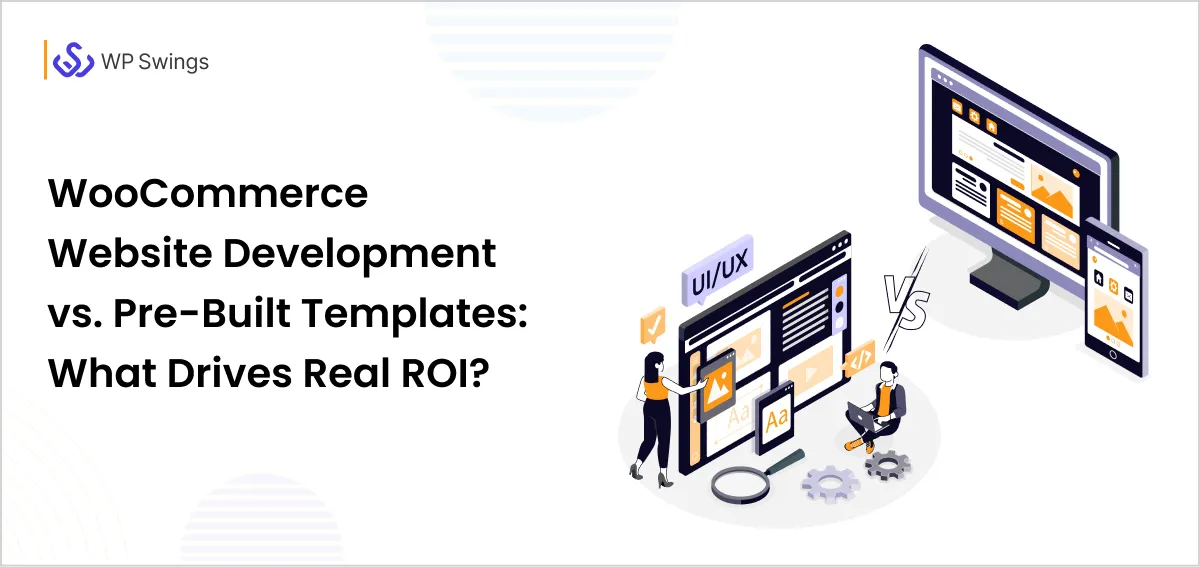



This Post is Very Useful.
This Post is Very Useful. I have found many posts About improving website speed but today Finally I got a Helpful Post. Thanks.
I am glad you found our post helpful :)
For speed boost, ls cache plugin helps a lot.
Yes, it does.
I have 1 heavy hotel website. But I’II am not happy with my current hosting at more traffic my website go in down, that is more effect my business. Please help me give good hosting in mu budget 200-500RS Per months
CDN is most powerful speed booster for website load time. How can we properly implement on our website?
For a WordPress website, you can do it in 3 steps:
Step 1: Choose and Register With a CDN Provider
Step 2: Prepare Your WordPress Website
Step 3: Connect Your Chosen CDN to WordPress
I did it – it’s work. Thank you so much..
Good job I’m impressed by your content it is very knowledgeable and encouraging..
Thanku unnati.. I am glad to hear that it helped you.
Good job, content is easy to understand and logical too. Hope you will provide more.
Thanku kushagra. hope i will help you with more in future.
Easily understandable & very helpful.
Interesting instead of boring.
Thank you Neha. I hope, we can give information to everyone whosoever visits here.